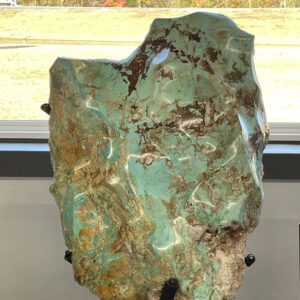 Turquoise Nugget
Turquoise Nugget
Entry Category: Land and Resources
 Turquoise Nugget
Turquoise Nugget
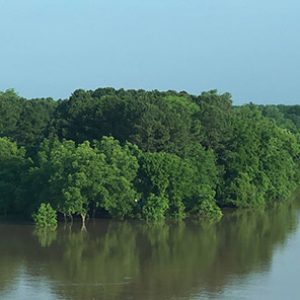 Two Rivers Park
Two Rivers Park
 Tyronza Flood Refugees
Tyronza Flood Refugees
Tyronza River
 Tyson's Hatchery Air Delivery
Tyson's Hatchery Air Delivery
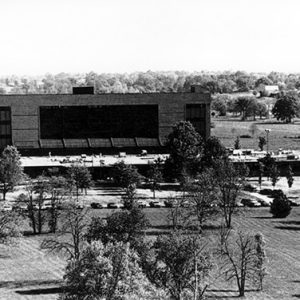 Tyson Headquarters
Tyson Headquarters
Tyson Foods, Inc.
Tyson, Don
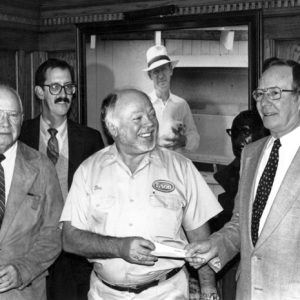 Don Tyson
Don Tyson
 Don Tyson
Don Tyson
Umsted, Sidney Albert
aka: Sid Umsted
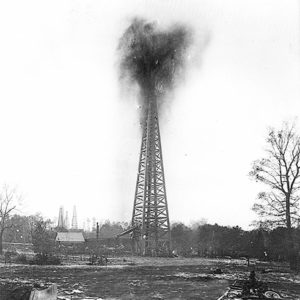 Union County Gusher
Union County Gusher
 Union County Map
Union County Map
 UMWA Document
UMWA Document
United Mine Workers of America (UMWA)
University of Arkansas Cooperative Extension Service (UACES)
University of Arkansas Rice Research and Extension Center
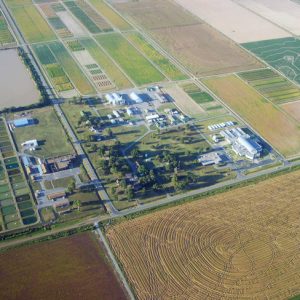 University of Arkansas Rice Research and Extension Center
University of Arkansas Rice Research and Extension Center
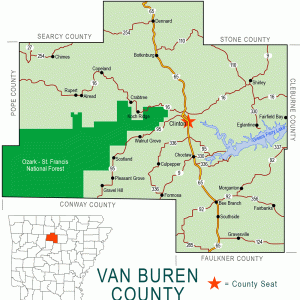 Van Buren County Map
Van Buren County Map
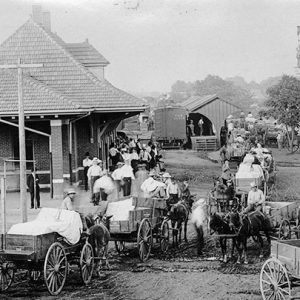 Van Buren Peach Harvesters
Van Buren Peach Harvesters
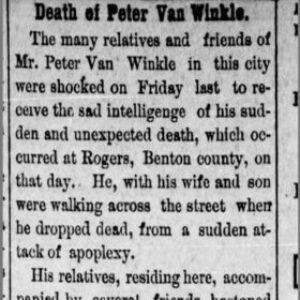 Van Winkle Death Story
Van Winkle Death Story
Van Winkle, Peter
Vanadium Mining
Vaughns, Thomas Franklin
Vertac
 Vertac Site
Vertac Site
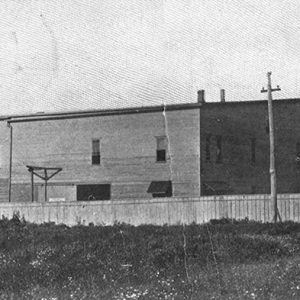 Vinegar Factory
Vinegar Factory
 Viticultural Areas Map
Viticultural Areas Map
 Sid Vogelpohl
Sid Vogelpohl
Wapanocca National Wildlife Refuge
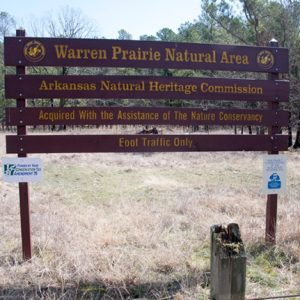 Warren Prairie Natural Area
Warren Prairie Natural Area
 Warren Tornado
Warren Tornado
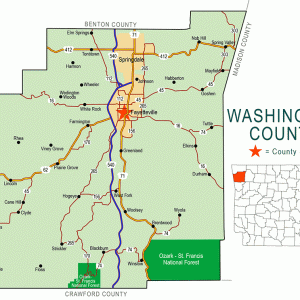 Washington County Map
Washington County Map
Washington Monument Marble Quarry
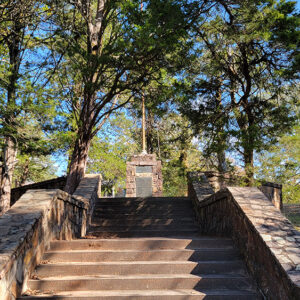 Water Works Monument
Water Works Monument
 Water Works Monument
Water Works Monument
Waterfalls
 Waterworks
Waterworks
 Weaving Instruction
Weaving Instruction
 Wegner Crystal Ranch
Wegner Crystal Ranch
West Gulf Coastal Plain
aka: Gulf Coastal Plain
aka: Coastal Plain
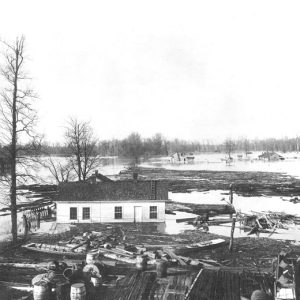 West Memphis Flood
West Memphis Flood
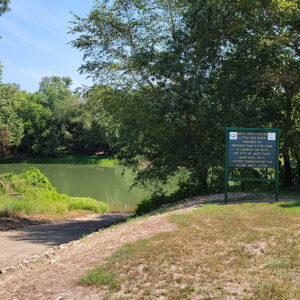 West Point River Access
West Point River Access
Wheat and Small Grain Industry
 Whitaker Point
Whitaker Point
White Bluff Generating Plant
 White Bluff Station
White Bluff Station
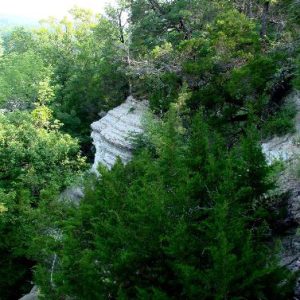 White Cliffs Natural Area
White Cliffs Natural Area
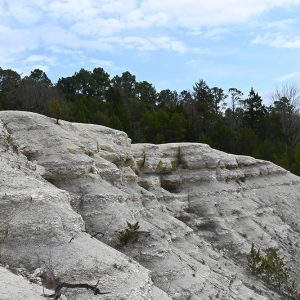 White Cliffs Natural Area
White Cliffs Natural Area
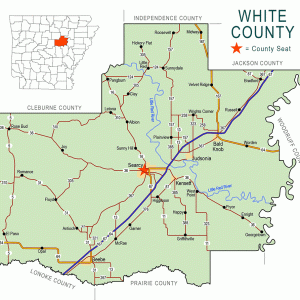 White County Map
White County Map




